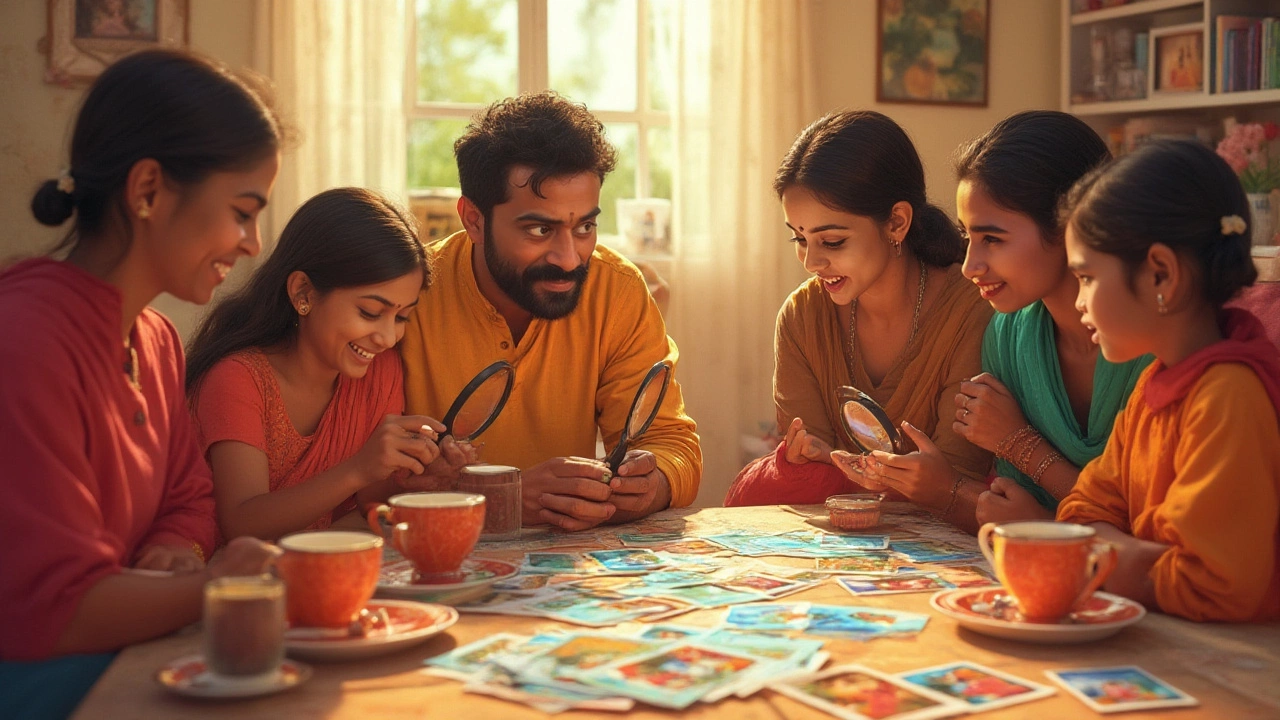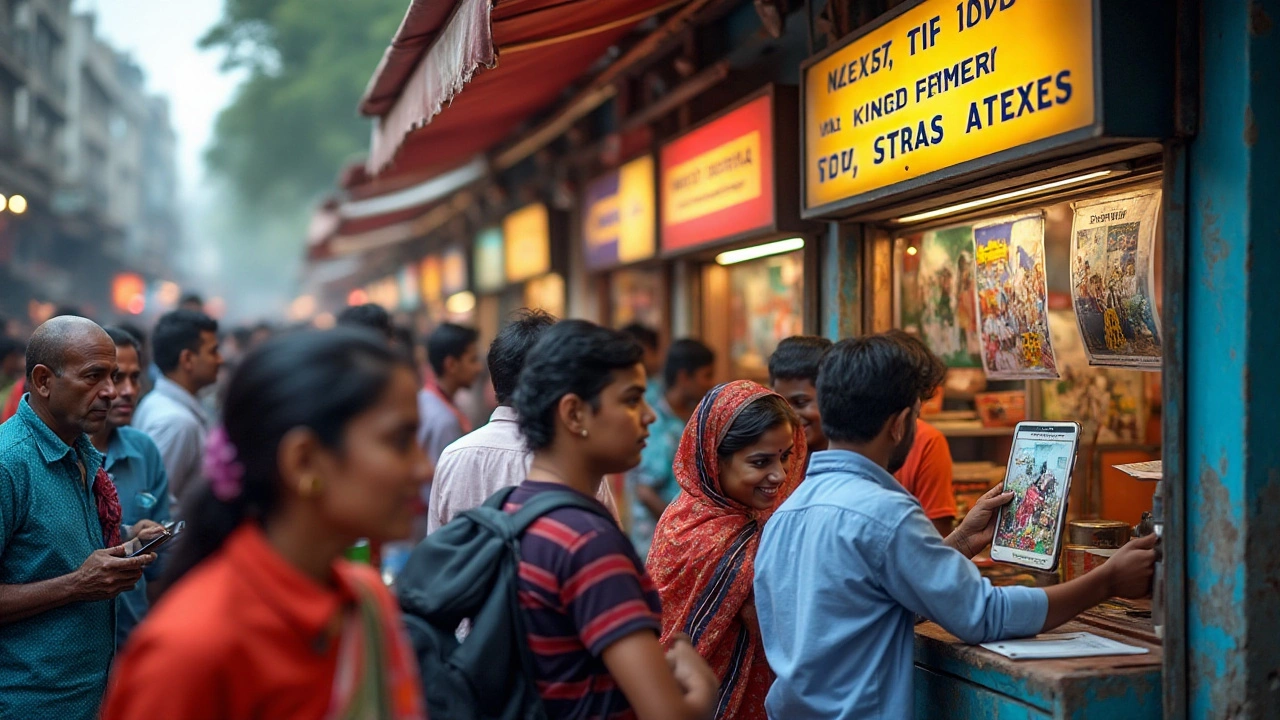Photo Printing Tips for Sharper, Brighter Prints
Got a great shot on your phone or camera and want it on paper? You don’t need a pro lab to make it look awesome. Follow these easy tips and you’ll get crisp, vivid prints straight from your home printer or a local shop.
Prep Your Files for Printing
First thing – check the resolution. Aim for at least 300 dpi at the final size; anything lower will look pixelated. If your image is smaller, resize it in a photo editor before you send it to print. Use the RGB color mode while editing, then switch to sRGB or the printer’s recommended profile before exporting.
Save your file as a high‑quality JPEG (maximum quality) or as a PNG if you need lossless detail. Avoid heavy compression; a 5‑MB JPEG looks much better than a 1‑MB one. Name the file clearly – something like Family_Reunion_8x10.jpg – so you can find it later.
Before you hit print, zoom in to 100 % on your screen and look for any dust spots, color casts, or blurry edges. Fix those now; once it’s on paper, you can’t edit them away.
Choosing the Right Paper and Settings
Paper matters more than you think. Glossy paper gives vibrant colors but can glare under lights. Matte paper reduces reflections and is great for black‑and‑white shots. If you’re printing a portrait, a semi‑gloss or luster finish often hits the sweet spot.
Set your printer to the correct media type. Most inkjets have options like “Photo Paper – Glossy” or “Matte Photo.” Selecting the right one tells the printer to use more ink and adjust drying time, which improves color depth.
Adjust the quality setting to “Best” or “High.” It may take longer, but the results are worth it. For large prints, use “Borderless” if your printer supports it – it avoids unwanted white edges.
Let the ink dry completely before touching the print. A good rule is to wait 5‑10 minutes for small prints and up to an hour for larger ones. This prevents smudges and keeps colors sharp.
If you’re using a home printer, clean the print head periodically. Clogged nozzles cause streaks and missing colors. Most printers have a maintenance menu that runs a cleaning cycle automatically.
For extra durability, consider a light spray of archival fixative on matte prints. It protects against humidity and UV fading, especially if the print will be displayed for a while.
When you’re ready to order online, upload the same high‑resolution file you used at home. Check the service’s file guidelines – many require sRGB and a minimum DPI. Choose a reputable shop that offers sample packs; you’ll see how their paper and inks compare.
Finally, store your prints flat in a cool, dry place. Avoid stacking them directly on top of each other; a piece of acid‑free tissue between each sheet keeps them from sticking.
With these simple steps – proper resolution, the right color profile, good paper, and careful printer settings – your photos will look as amazing on paper as they do on screen. Happy printing!

